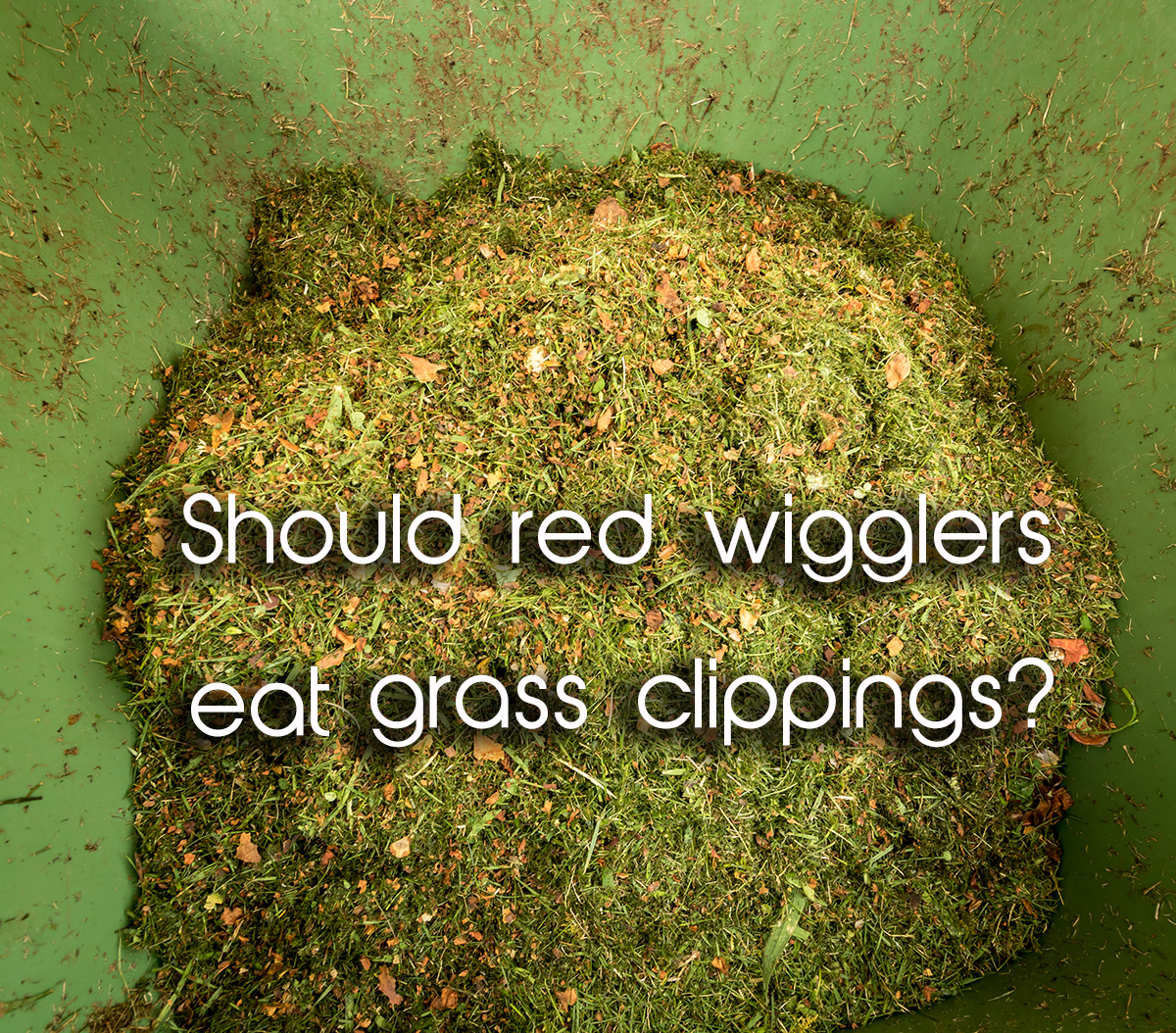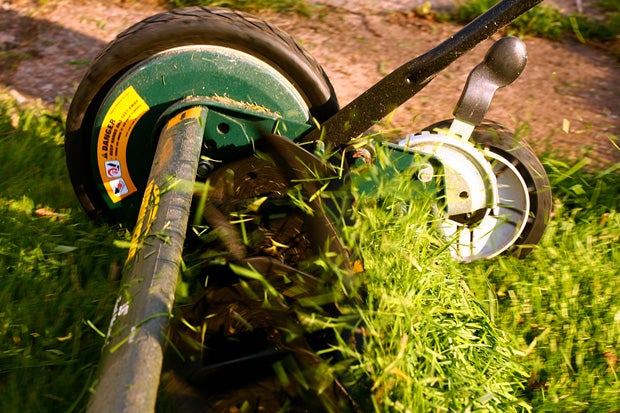Featured
Table of Contents
Discover More About Garden
Individuals concerned about appearance can choose a mulching lawn mower, he suggested, as those cut lawn finely. Still, grass cut with a rotary lawn mower will not remain for long."Turf clippings are made from extremely soft tissue that breaks down quickly," Mann said. While letting lawn clippings lie is best, there are two factors you might want to retrieve them.
Second, never let lawn clippings blow into roads or pathways, because healthy or not the grass blades high in nutrients can trigger issues for drains and waterways. Here are a few other ideas for cutting your yard the very best way: "The sharpness of the blade is paramount," Mann said. Individuals trimming with a dull blade are shredding their lawn rather of effectively cutting it, which leaves area for fungi to attack.
In some cases, it can cause turf to pass away. Changing the mower blade or sharpening it when a year can prevent that. Most yard ranges across the nation flourish at 2.5 to 3 inches, however some, such as those in Florida, may like to be cut much shorter or taller, Mann stated. If you're not sure of for how long to leave your turf, speak with a landscape professional about what ranges of grass are growing in your yard.
This info was assembled by Anoka County. For extra recyclers in your location, search online. Any recycler wanting to be contributed to this list might contact recycle@co.anoka.mn.us!.?.!. The information provided in this directory site is compiled as a service to residents. A listing in this directory site does not indicate recommendation or approval by Anoka County.
My boy has actually been attempting to construct out of 3 large stacks of grass contained by plastic fencing. With all the rain we have actually had, the stacks have become damp, compressed, thick and really heavy. What can be done to make these stacks more efficient at breaking down? They have been turned, but we just recently included a lot of grassand that plus the rain has actually made things a compressed mess.
That should be really great for the garden ... no?-- Elizabeth in North Plainfield, New Jersey "No" is right, Elizabeth. 'Green manure' is a crop that you grow to rake into the ground as living fertilizer. What your son has is simply a huge green stinky mess. (Actually, THREE huge green smelly messes.) This is a common error for rookie composters, especially in the summer, when grass clippings are plentiful.
Those clippings are EXTREMELY high in Nitrogenabout 10%. That's practically the same level you 'd discover in actually HOT manures, like bat and bird guano. In the easiest sense, these Nitrogen rich components do not end up being the garden compost in a stack; rather they provide food for the billions of little microorganisms that fuel the procedure of turning the other stuffthe so-called 'dry browns' that should make up a minimum of 80% of a pileinto the garden gold our plants so yearn for.
Discover More About Plants
The benefit of including things like lettuce leaves, apple cores and broccoli stalks to a garden compost stack or is mainly in the calming of your recycling conscience, not in their capability to produce high quality garden compost. Now you can utilize clippings to make terrific compost, but to do so you have to blend little quantities of well-shredded lawn clippings in with big quantities of well-shredded leaves.
(The very best compost heap follow the Goldilocks rule: Not too damp and not too dry. Great deals of air flow too. I know, Goldilocks didn't discuss airflow. However she must have.) Anyway, the outcome of such a worthy business is the evasive, much in-demand garden amendment understood as "hot compost". Compost that formulate quickly with the aid of a natural source of high Nitrogen is much better food for your plants and offers far more life for your soil.
And it's the very best kind for making compost tea. "Cold garden compost"the stuff that results when you just stack a lot of things up, wish for the very best and really get some finished product after a year or socan be a great plant food and soil improver, but hot garden compost is BETTER.

I fear that your huge stacks of slimy wet lawn clippings will not improve one bit with the passage of time. Just the opposite in reality. Ah, however your timing is great to get it right, as we are fast approaching autumn leaf fall. Let lots of leaves gather on the yard throughout a dry spell (do not let damp leaves collect), go over them with a lawn mower, bag up what should be a best mixture of lots of excellently shredded leaves and a percentage of well-shredded yard and after that empty this mix into a huge wire cage, a slatted wooden bin, a or something else to hold it all in location good and neat.
(People who inform you to 'layer' the components in a garden compost pile failed physics.) Yes, this will just utilize a small percentage of the clippings created by the typical yard, which's a good thing. Because exterior of that autumn leaf drop window, you ought to NOT be bagging your grass clippings.
I utilize "quotes" due to the fact that there's no 'mulch' of any kind involved here. A bad name for an exceptional instrument of sustainability, mulching lawn mowers crush clippings into a practically invisible powder that they then go back to your lawn. A powder that's 10% Nitrogen; about as high a natural number as you can get.
DON'T utilize any clippings from an herbicide-treated lawn in a garden compost stack. A few of the powerful chemicals in use today can make it through even hot composting and might kill any plants that get the garden compost in the future. Oh, and stop using that harmful stuff too!!!.
Learn More About Vegetable
The Department of Public Works supplies core public services for the safety and convenience of the citizens of Dayton. These important services-- consisting of Civil Engineering, Fleet Management, Parks and Forestry, Street Maintenance, and Waste Collection-- all enhance Dayton's quality of life. Click among the links to the delegated check out highlighted services supplied by Public Works.

What can I say? Yard clippings are important to composting. But you need to learn how to do it correctly so both your yard and garden compost bin enjoy! The majority of homeowners quickly realize that their compost bin or system can not manage all that lawn! The following information will help you to better understand how to recycle those grass clippings.
So, let's begin there. Forget those long-held beliefs that turf clippings left on a yard smother the lawn beneath or trigger thatch. Grass clippings are actually helpful for the yard. From now on, don't bag your lawn clippings: "grass cycle" them. Grasscycling is a basic, easy opportunity for every single house owner to do something helpful for the environment.
And the best part is, it takes less energy and time than bagging and dragging that lawn to the curb. Like the fellow in the image to the left, you might even take your grass clippings out for a Sunday bike trip; now that's grasscycling taken to the extreme! Grasscycling, simply put, is the practice of leaving yard clippings on the yard or utilizing them as mulch.
Lawn clippings add water-saving mulch and encourage natural soil aeration by earthworms. No bagging or raking the yard (Whew!) Plastic yard bags do not end up in the garbage dump 50% of your yard's fertilizer needs are met, so you reduce time and cash invested fertilizing Less polluting: lowers the requirement for fertilizer, pesticides and herbicides Non-thatch triggering, thus making a lawn vigorous and long lasting Makes you feel great and green all over! Yahoozy! Not just does it make looking after your yard much easier, but grasscycling can also minimize your mowing time by 50% since you do not have to select up afterwards.
To grasscycle correctly, cut the grass when it's dry and always keep your lawn mower blades sharp. Remove no more than 1/3 of the leaf area with each mowing. Trim when the lawn is dry. Utilize a sharp lawn mower blade. A dull mower blade contusions and tears the yard plant, resulting in a ragged, damaged look at the leaf tip.
In the spring, lease an aerator which eliminates cores of soil from the lawn. This opens up the soil and allows greater motion of water, fertilizer, and air by increasing the speed of decay of the grass clippings and improving deep root growth. Water completely when required. During the driest duration of summer season, yards need at least one inch of water every 5 to six days.
Discover More About Tree
Yard clippings, being mainly water and very abundant in nitrogen, are problematic in compost bins because they tend to compact, increasing the possibility of becoming soggy and giving off a strong ammonia-like smell. Follow these pointers for composting this important "green", consequently lessening odor and matting, and increasing fast decomposition:, intermixed in a 2-to-1 ratio with "brown" products such as dry leaves or plant particles (saving/bagging Fall's leaves is best for Spring/Summer grass composting). That's an average of 7 hours per season. Heck, that's a day at the beach!. No special lawn mower is required. For finest results, keep the mower blade sharp and cut just when the yard is dry. When clippings decompose, they launch their nutrients back to the yard. They contain nitrogen, potassium and phosphorus, along with lesser amounts of other essential plant nutrients.
There's no contaminating run-off, no usage of non-renewable resources and no damage to soil organisms or wildlife. The expense of trucking yard clippings to garbage dump websites comes out of homeowners' taxes. This is an inefficient practice: all those nutrient-rich clippings might be fertilizing individuals's yards, thereby conserving money on fertilizers and water bills.
Grasscycling is a responsible environmental practice and an opportunity for all property owners to decrease their waste. And the very best part is, it takes less energy and time than bagging and dragging that yard to the curb. Today, 58 million Americans invest around $30 billion every year to keep over 23 million acres of yard.
The same size plot of land might still have a small yard for leisure, plus produce all of the veggies required to feed a household of 6. The lawns in the United States consume around 270 billion gallons of water a week: enough to water 81 million acres of organic vegetables, all summertime long.
farmland, or approximately the size of the state of Indiana. Lawns utilize 10 times as numerous chemicals per acre as commercial farmland. These pesticides, fertilizers, and herbicides run into our groundwater and vaporize into our air, triggering prevalent contamination and international warming, and considerably increasing our threat of cancer, heart disease, and abnormality.
In truth, yards use more equipment, labor, fuel, and farming toxic substances than industrial farming, making lawns the biggest farming sector in the United States. However it's not just the property lawns that are lost on grass. There are around 700,000 athletic grounds and 14,500 golf courses in the United States, numerous of which utilized to be fertile, efficient farmland that was lost to designers when the regional markets bottomed out.
To trim properly, numerous concerns need to be considered: height, frequency, clipping elimination, and blade sharpness. The chart below determines the most common varieties of turfgrass grown in lawns, and the height to set your mower. Check out the pointers listed below for additional guidelines. Kentucky Bluegrass 2.5-3.5" 4" Fine/Tall Fescue 2.5-3.5" 4" Perennial Ryegrass 2.5-3" 4" Bermudagrass.5-1" 2" Zoysia.5-1" 2": Under the majority of situations, yards ought to be mown at 2.5-3-inches.
Latest Posts
1221 Best Gardening
What Are The Best Earplugs To Block Out Noise Tips and Tricks
6399 Gardening Ideas For Beginners